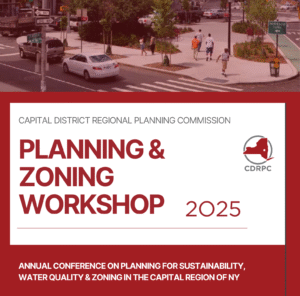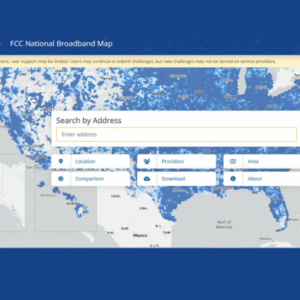Area Median Income (AMI) Continues to Trend Upward in the Capital Region
The Area Median Income (AMI), as determined by the U.S. Department of Housing and Urban Development (HUD), represents the midpoint of a region’s income distribution, meaning half of the households earn more than the AMI and half earn less. It is a key benchmark used to determine eligibility for housing assistance programs, including Section 8 vouchers, public housing, and income-restricted affordable housing units. AMI also guides how rents and home prices are set in developments that receive federal or local housing subsidies.
AMI in the Capital Region

From 2018 through 2025, the AMI in the Capital Region has experienced a general upward trend, increasing from $86,400 in 2018 to $116,100 in 2025.
Key observations:
-
2018–2020: The AMI rose steadily from $86,400 to $99,200, marking a 14.8% increase over three years.
-
2021: A dip to $95,600 occurred, potentially reflecting the economic impacts of the COVID-19 pandemic.
-
2022–2024: The AMI rebounded, reaching $113,300 in 2023 and peaking at $117,800 in 2024.
-
2025: A slight decrease to $116,100 represents a 1.4% drop from the previous year. A decline in AMI can be caused by economic downturns, the closure of a major employer, or a demographic shift, for example an influx of lower-income households moving into the region.
Overall, the period shows a 34.3% increase in AMI from 2018 to 2025.
AMI Trends by County

The visual above summarizes AMI changes across selected counties in New York State, comparing values from 2018, 2024, and 2025, as well as percent change from 2018-2025 and the percent change for the most recent year, 2024-2025.
Key Observations:
-
Long-Term Growth in AMI: From 2018 to 2025, most counties experienced substantial growth in AMI, with several seeing increases of over 40%, including Greene (54.5%), Columbia (48.6%), Ulster (51.3%), and Westchester (45.2%). While regions such as the Capital Region (34.38%), Erie (35.21%), and Warren and Washington counties (37.93%) also had increases, their growth was more modest by comparison. This disparity may be partly attributed to greater household relocation from New York City counties to areas that saw sharper increases in AMI during this period.
-
Significant 1-Year Increases in AMI: From 2024 to 2025, counties like Onondaga (9.8%), Washington and Warren (8.2%), and Westchester (8.8%) posted notable increases in AMI.
-
Significant 1-Year Decreases in AMI: A small number of locations, including the Capital Region (-1.44%) and Rockland (-3.52%), experienced declines in AMI from 2024 to 2025.


